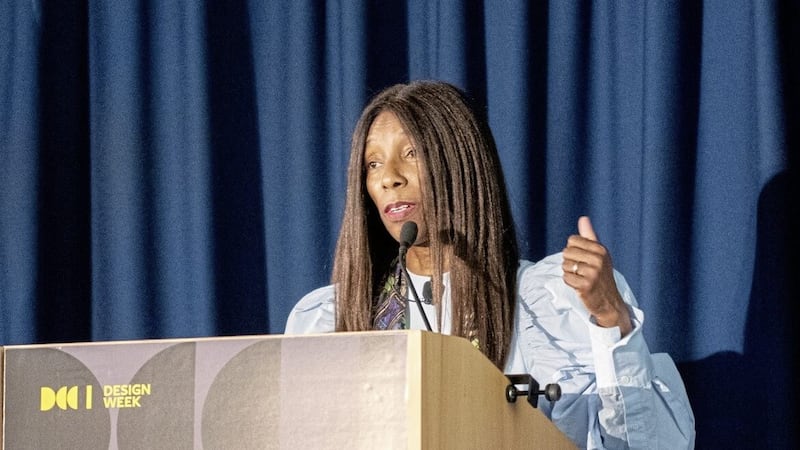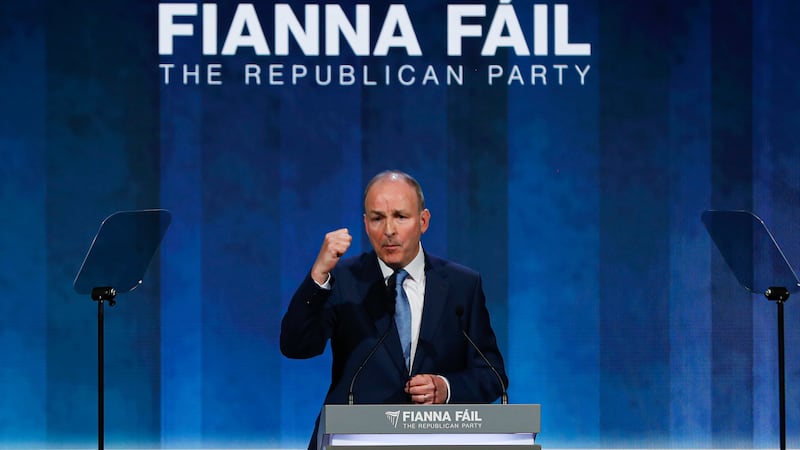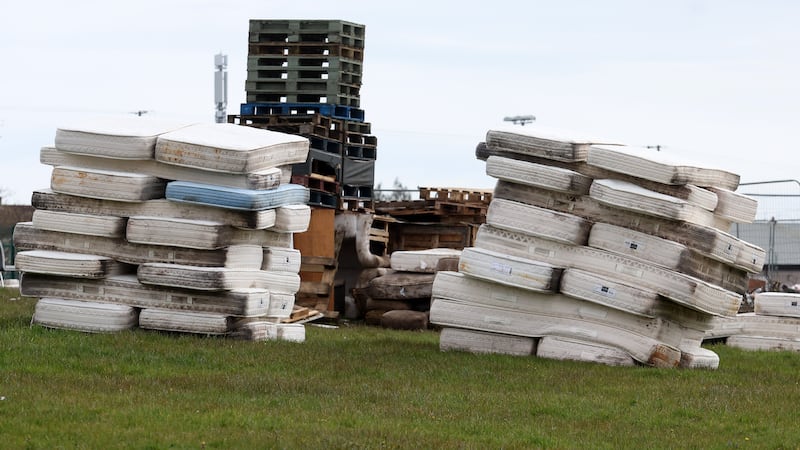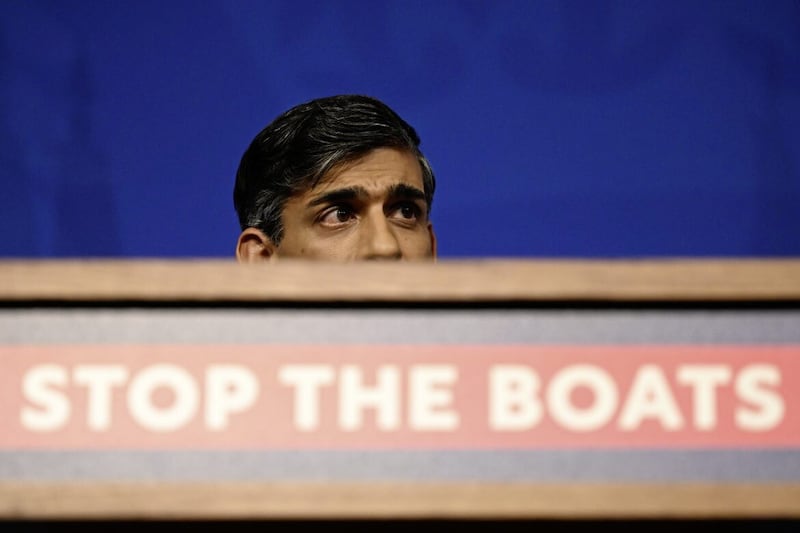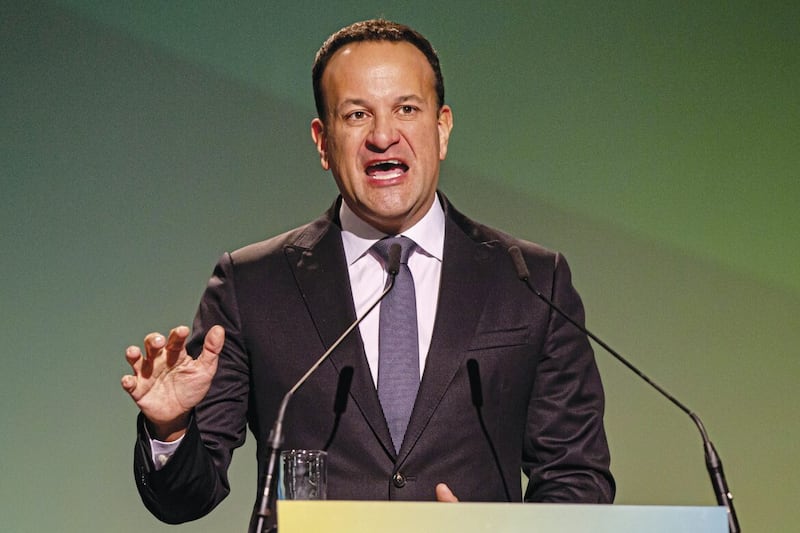Bisi Williams is a little woman with big ideas. The Canadian-born Chicago dweller was in Ireland to take part in National Design Week, an initiative of the Design and Crafts Council of Ireland (DCCI).
I had the pleasure of chairing the event where she spoke on the topic of “Designing for Diversity and Inclusion” along with Shelley McNamara and Yvonne Farrell of the award-winning Grafton architects, Noelle O’Connell CEO of the European Movement Ireland and Dún Laoghaire Rathdown councillor, Deirdre Donnelly.
Williams is co-founder of Massive Change Network, along with Bruce Mau, the world-renowned designer. Together they have taken on such ambitious projects as re-imagining Mecca to create a safer and welcoming space for the over a million pilgrims who participate in the Haj each year, to a ground-breaking research project called Health2049 which focuses on redesigning the US healthcare system to ensure better health and wellbeing outcomes.
Having spent the days in advance of her talk visiting architecture firms and the peace walls in Belfast, dairy farms and Traveller projects in Cork, Williams was firmly of the view that Ireland is at an inflection point. One hundred years on from partition and the independence of part of the island, it is time she believes to design how we want the next one hundred and one thousand years to look. The question is how do we design for the next seven generations.
She’s right, of course, but what was most interesting about her presentation was not a vision of the finished product, of how Ireland might look. In fact, the constitutional question wasn’t even a question. The interesting aspect of it was how it is important to get the design process right because doing that ensures outcomes that people feel they have ownership of.
One of the criticisms that has been levelled at Ireland’s Future (of which I am a board member) is that it has failed to provide a blueprint for reunification. There is no meat on the bones of an all-island healthcare system, no numbers in terms of the tax rates or social welfare benefits. But I have always been comfortable with that because I don’t believe it is for me, or for any united Irelander, to impose our vision. The best settlement is always going to be the negotiated one.
It is important to remember that, in designing for the future of Ireland, we are not starting from a deficit, we have a lot of positives that can be banked. We have a well-educated workforce, a lot of positive foreign direct investment and a huge number of successful domestic entrepreneurs. We are a kind and compassionate people and we have significant ability to react in a crisis. Crucially, we are resilient. These personality traits, interestingly, are both Irish and Ulster Scots.
Sometimes when we think of design, we think of shiny expensive things. But design is about space, people, processes and technology. Re-imagining the way we live, and our culture and heritage and values is really what design is about. It is the experiences you want to have, the type of life you want to live. It is the process of getting to the second Republic.
Before her visit, Williams recounted, her Irish friend had described Ireland to her as a Celtic rainforest. Using that descriptor, she posed the question - what unknown abundance is already there on the forest floor? If we look at education, for example, can we say we have designed a system that educates people with neural diversity? What about refugees and asylum seekers or people with disabilities? Who might we be overlooking or unintentionally suppressing or repressing? How might these erased or displaced systems of knowledge and practice help us find our way?
Whenever we don’t include everyone, says Williams, we relegate them to the forest floor. But she also reminded us there is no waste on the forest floor – in nature, everything is used.
Designing for diversity and inclusion means that sometimes you have to design a process for designing the process before you start the build. Whilst that is something that seems very far removed from the outcomes, it is a process that needs to be gone through in order to build trust before bringing together all the stakeholders. It is a process that is essential to developing understanding of ourselves and each other.
So when people ask the question, what does a new or united Ireland look like, the answer should be “what do you want it to look like? What are the values you want it to reflect, what are the aspirations you have that it can support you to achieve and what are the challenges you have that need to be addressed?”
In doing this we invite people into the design process for all our future which will, in turn, allow us to shape it in ways we never thought possible.
